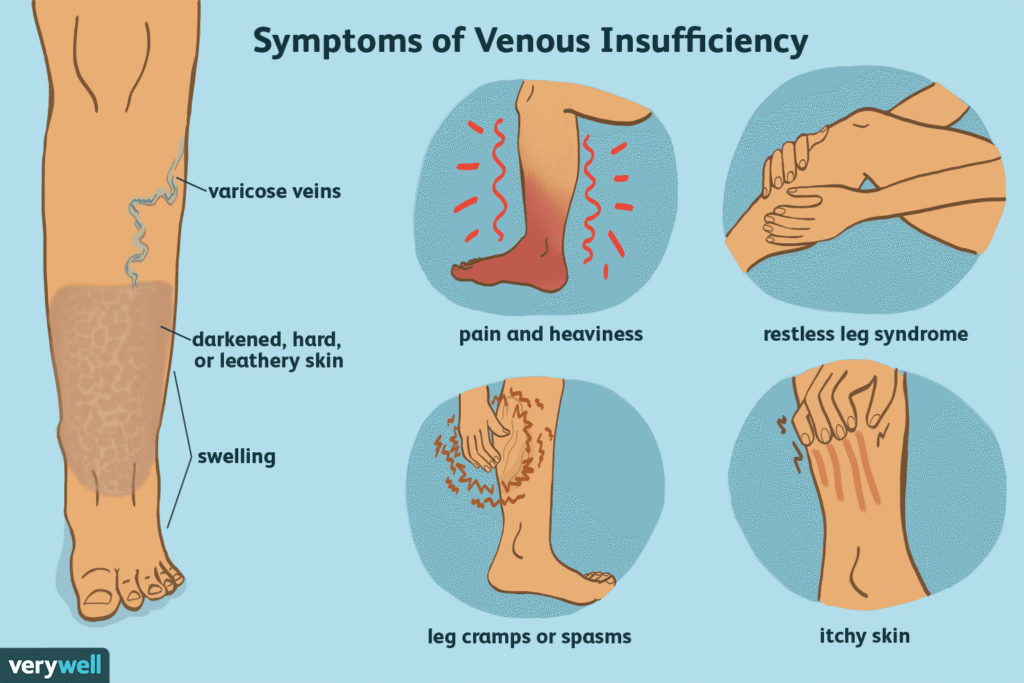Donald Trump diagnosed with chronic venous insufficiency. What is this condition?

White House Press Secretary Karoline Leavitt said the 79-year-old president Donald Trump was found to be suffering from CVI after a check-up revealed “mild swelling” in his ankles.
Speculation ran wild this week after viral photos showed bruising on President Donald Trump’s hand and noticeably swollen ankles, sparking intense online chatter about his health.
Amid the growing buzz, the White House confirmed that the President has been diagnosed with a chronic vein condition known as chronic venous insufficiency (CVI).
In a media briefing on Thursday, White House Press Secretary Karoline Leavitt said the 79-year-old president was found to be suffering from CVI after a check-up revealed “mild swelling” in his ankles.
The images, taken during Trump’s appearance at the FIFA Club World Cup, showed his lower legs looking noticeably puffed up. Some viewers also pointed out what appeared to be concealer on the back of his hand, fuelling theories about a possible hidden health issue.
What is Chronic Venous Insufficiency (CVI)

- Damaged valves:Valves in the veins can become damaged or weakened, allowing blood to flow backward.
- Weakened vein walls:The walls of the veins can weaken, making them less efficient at pushing blood back to the heart.
- Deep vein thrombosis (DVT):A blood clot in a deep vein can damage the valves and walls of the veins.
- Other risk factors:Age, family history, obesity, pregnancy, and prolonged standing can also contribute to CVI.
- Leg pain, aching, or heaviness: These symptoms are often worse with prolonged standing and improve with elevation.
- Swelling (edema): Fluid can build up in the legs and ankles.
- Skin changes: Skin discoloration, itching, dryness, and ulcerations can occur.
- Varicose veins: Enlarged, twisted veins that may be visible on the surface of the skin.
- Slow-healing wounds or ulcers: Ulcers can develop on the legs, particularly around the ankles.
- Physical exam:A doctor will examine the legs, assess symptoms, and may order imaging tests like ultrasound.
- Compression therapy:Wearing compression stockings is a common treatment to improve blood flow.
- Lifestyle changes:Elevating the legs, exercising, and managing weight can help manage symptoms.
- Medications:In some cases, medications may be prescribed to help with pain or swelling.
- Procedures:For severe cases, procedures like sclerotherapy or surgery may be considered.



